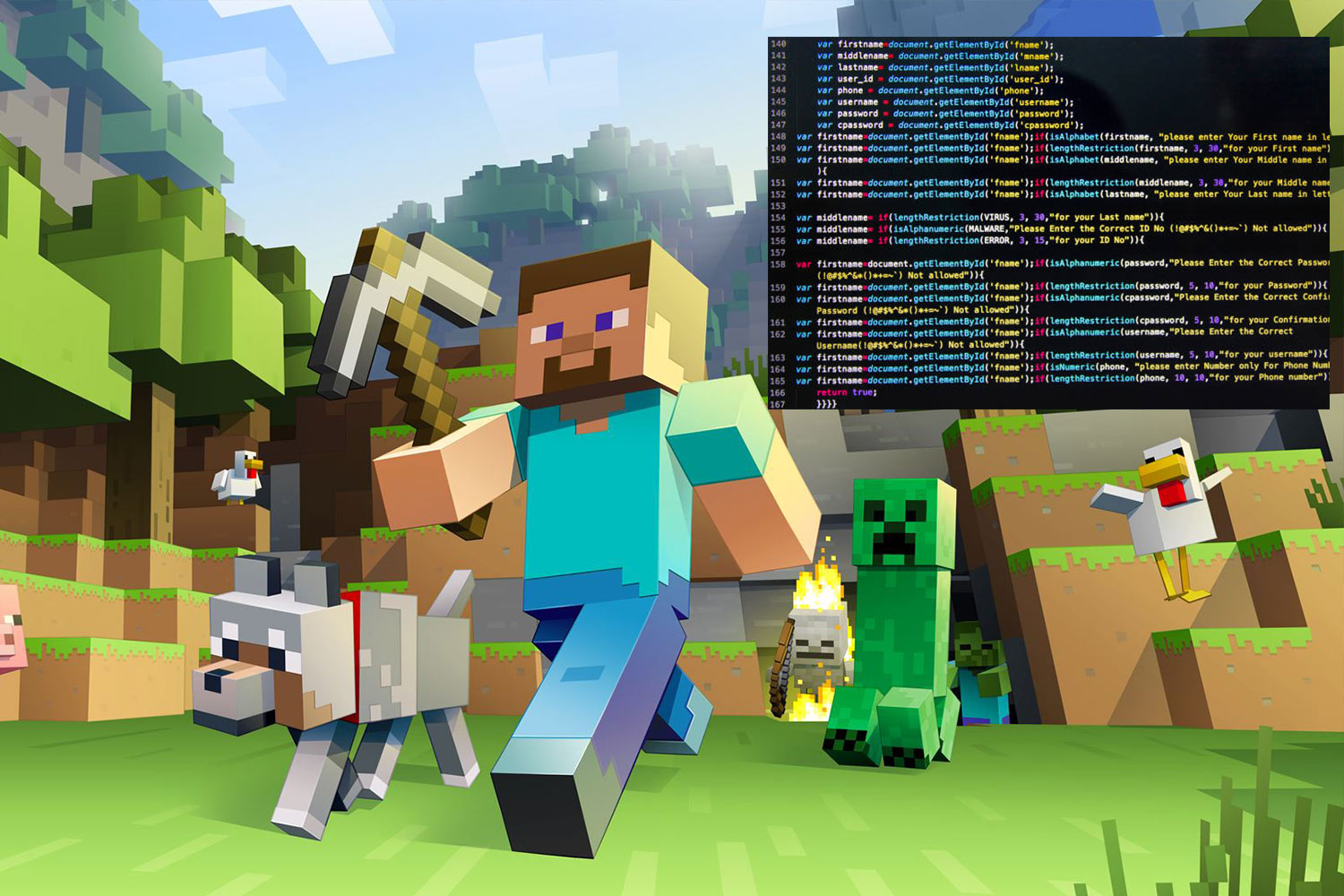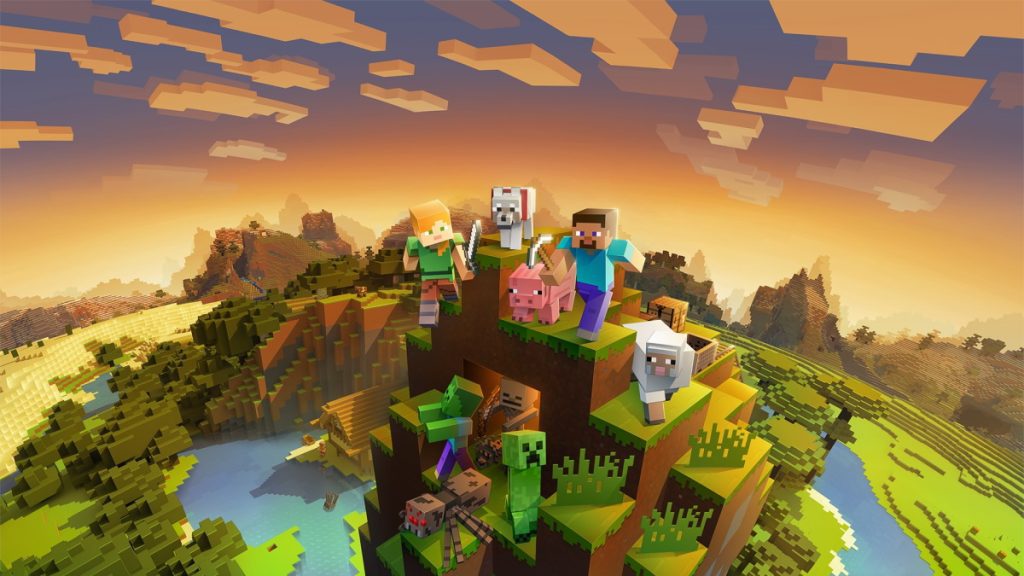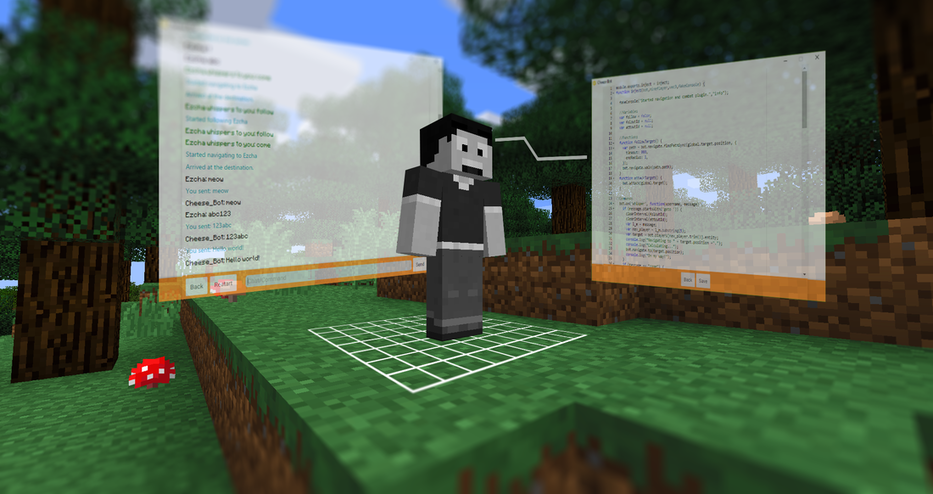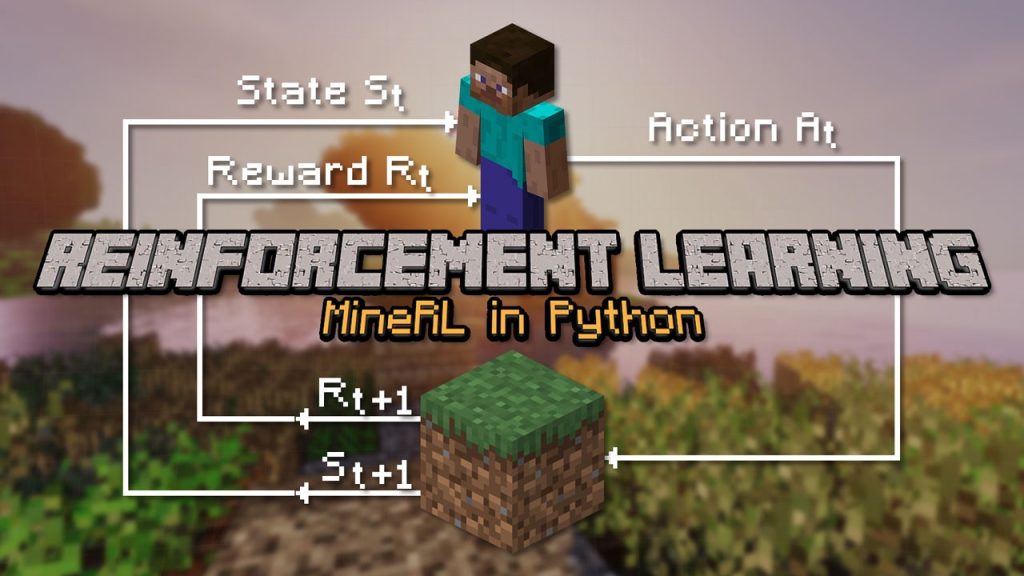OpenAI ‘s latest research on artificial intelligence shows that a well-trained Minecraft bot can be more successful than humans.
OpenAI is an artificial intelligence research laboratory cofounded by Elon Musk and Sam Altman. The company focuses on artificial intelligence (AI) and machine learning advances that benefit humanity. The firm recently announced that it has successfully trained a bot to play Minecraft using over 70,000 gameplay videos.
The success marks more than just a bot playing a game; it marks a big step forward in observation and imitation-based machine learning.
The bot developed by OpenAI is a near-perfect example of imitated learning or supervised learning. Unlike learning reinforcements, which promise rewards when the goal is achieved, imitated learning is accomplished by watching people perform specific tasks. These two learning tactics apply to us humans as well. In this case, OpenAI used existing gameplay videos and tutorials to teach its bots complex in-game moves that would take a typical player around 24,000 individual actions to complete.
The biggest shortcoming of imitated learning is whether there are sufficient datasets and whether these datasets are of sufficient quality. On the other hand, the context of the inputs during the training and the outcome should be labeled. Therefore, this approach requires a little more effort, but this area is very important for systems that we want to specialize in a specific job.
Video Pre-training used a proprietary approach known as (VPT). Initially, the system was trained with 2000 hours of explanatory Minecraft gameplay. The data from this process was then used to tag 70,000 hours of previously untagged Minecraft content. So this process gave the Minecraft bot a much larger dataset to analyze and emulate.





















Leave a comment